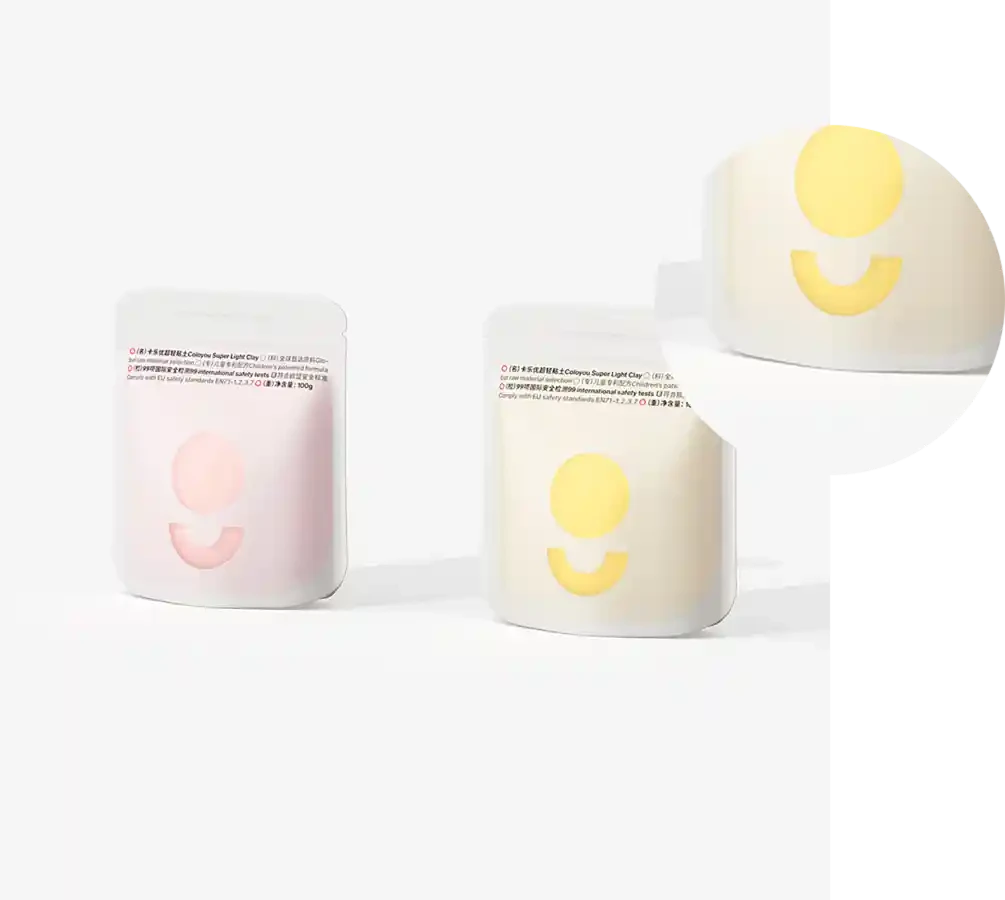- Afrikaans
- Albanian
- Amharic
- Arabic
- Armenian
- Azerbaijani
- Basque
- Belarusian
- Bengali
- Bosnian
- Bulgarian
- Catalan
- Cebuano
- chinese_simplified
- chinese_traditional
- Corsican
- Croatian
- Czech
- Danish
- Dutch
- English
- Esperanto
- Estonian
- Finnish
- French
- Frisian
- Galician
- Georgian
- German
- Greek
- Gujarati
- haitian_creole
- hausa
- hawaiian
- Hebrew
- Hindi
- Miao
- Hungarian
- Icelandic
- igbo
- Indonesian
- irish
- Italian
- Japanese
- Javanese
- Kannada
- kazakh
- Khmer
- Rwandese
- Korean
- Kurdish
- Kyrgyz
- Lao
- Latin
- Latvian
- Lithuanian
- Luxembourgish
- Macedonian
- Malgashi
- Malay
- Malayalam
- Maltese
- Maori
- Marathi
- Mongolian
- Myanmar
- Nepali
- Norwegian
- Norwegian
- Occitan
- Pashto
- Persian
- Polish
- Portuguese
- Punjabi
- Romanian
- Russian
- Samoan
- scottish-gaelic
- Serbian
- Sesotho
- Shona
- Sindhi
- Sinhala
- Slovak
- Slovenian
- Somali
- Spanish
- Sundanese
- Swahili
- Swedish
- Tagalog
- Tajik
- Tamil
- Tatar
- Telugu
- Thai
- Turkish
- Turkmen
- Ukrainian
- Urdu
- Uighur
- Uzbek
- Vietnamese
- Welsh
- Bantu
- Yiddish
- Yoruba
- Zulu
pms color lookup
Understanding PMS Color Lookup A Comprehensive Guide
When it comes to design, color is one of the most crucial elements that can significantly influence the perception of a brand or product. The Perfect Color Management System, known as the Pantone Matching System (PMS), plays a pivotal role in ensuring consistency and accuracy in color reproduction across various mediums. In this article, we will explore the importance of PMS color lookup, its applications, and how it can enhance your design projects.
What is PMS?
The Pantone Matching System is a standardized color reproduction system that helps designers, printers, and manufacturers communicate and match colors without ambiguity. Established in the 1960s, PMS consists of a vast library of pre-mixed colors, each assigned a unique code. This code makes it easy to identify and reproduce colors accurately, whether for print materials, textiles, or digital designs.
The Importance of PMS Color Lookup
1. Consistency Across Mediums One of the biggest challenges in design is maintaining color consistency across different mediums. Whether you are designing for print, web, or product packaging, colors can vary significantly due to different printing techniques or screen displays. PMS color lookup provides a reliable reference that ensures the color you choose will appear the same, regardless of where it is applied.
2. Accurate Communication Color is subjective, and what looks good to one person might not to another. By using PMS, you eliminate potential miscommunication regarding color. When you specify a Pantone code, everyone involved in the project—from designers to printers—has a clear understanding of the expected color outcome.
3. Time-Saving Searching for the perfect color for your project can be a time-consuming process. PMS color lookup simplifies this by providing a standardized palette. Designers can quickly find suitable colors for their projects without wasting time trying to describe shades or mixing inks.
4. Branding and Identity For businesses, establishing a strong visual identity is essential. Colors evoke emotions and associations, making the right color choice critical for branding. Utilizing PMS helps ensure that your brand colors remain consistent across all platforms, reinforcing brand recognition and recall.
pms color lookup

How to Use PMS Color Lookup
Using PMS color lookup is straightforward
1. Identify Your Needs Determine the medium where the color will be applied. Is it for print, web, or fabric? This will guide your choice of Pantone colors since some colors may reproduce better in certain applications.
2. Consult the PMS Swatch Book The Pantone swatch book is a physical collection of color samples. Each color is uniquely numbered and labeled, making it easy to reference. You can compare colors side by side to find the perfect match.
3. Use Digital Resources Many online tools and resources provide PMS color lookups, allowing you to search for specific color codes or browse through color families. These tools often offer features like color harmonization and conversion to RGB or CMYK values.
4. Test Your Colors Once you've selected PMS colors, it's a good idea to test how they appear in your final application. Print out samples or check colors on different screens to ensure the chosen shades meet your expectations.
The Future of PMS Color Lookup
As technology continues to advance, the relevance of PMS and color lookup tools remains steadfast. New digital tools are being developed to provide even more versatility and precision in color matching. Additionally, with the rise of virtual reality and augmented reality applications, understanding color perception in these environments will be essential for future designers.
In conclusion, PMS color lookup is an indispensable tool for anyone involved in design and branding. By ensuring consistency, accuracy, and clarity in color communication, it serves as a cornerstone for successful visual identity. As you embark on your next design project, remember the vital role that color plays and utilize the PMS system to achieve your creative vision.













